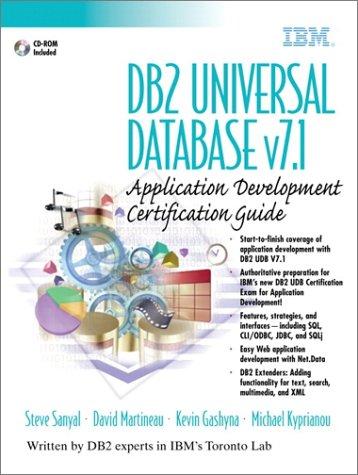Answered step by step
Verified Expert Solution
Question
1 Approved Answer
#We've come a long way in this unit! You've learned about #conditionals, loops, functions, and error handling. To end #the unit, let's do a couple
#We've come a long way in this unit! You've learned about
#conditionals, loops, functions, and error handling. To end
#the unit, let's do a couple problems that tie all these
#concepts together.
#
#Write a function called wordcount. wordcount takes as
#input a string called mystring, and returns as output the
#number of words in the string. For the purposes of this
#problem, you can assume that every space indicates a new
#word; so the number of words should be one more than the
#number of spaces. You may also assume that any strings are
#not empty, so there should always be at least one word if
#mystring is a string.
#
#Note, though, that it could be the case that a nonstring
#is accidentally passed in as the argument for mystring. If
#that happens, an error will arise. If such an error arises,
#you should instead return "Not a string". Otherwise,
#return an integer representing the number of words in the
#string.
Step by Step Solution
There are 3 Steps involved in it
Step: 1

Get Instant Access to Expert-Tailored Solutions
See step-by-step solutions with expert insights and AI powered tools for academic success
Step: 2

Step: 3

Ace Your Homework with AI
Get the answers you need in no time with our AI-driven, step-by-step assistance
Get Started


